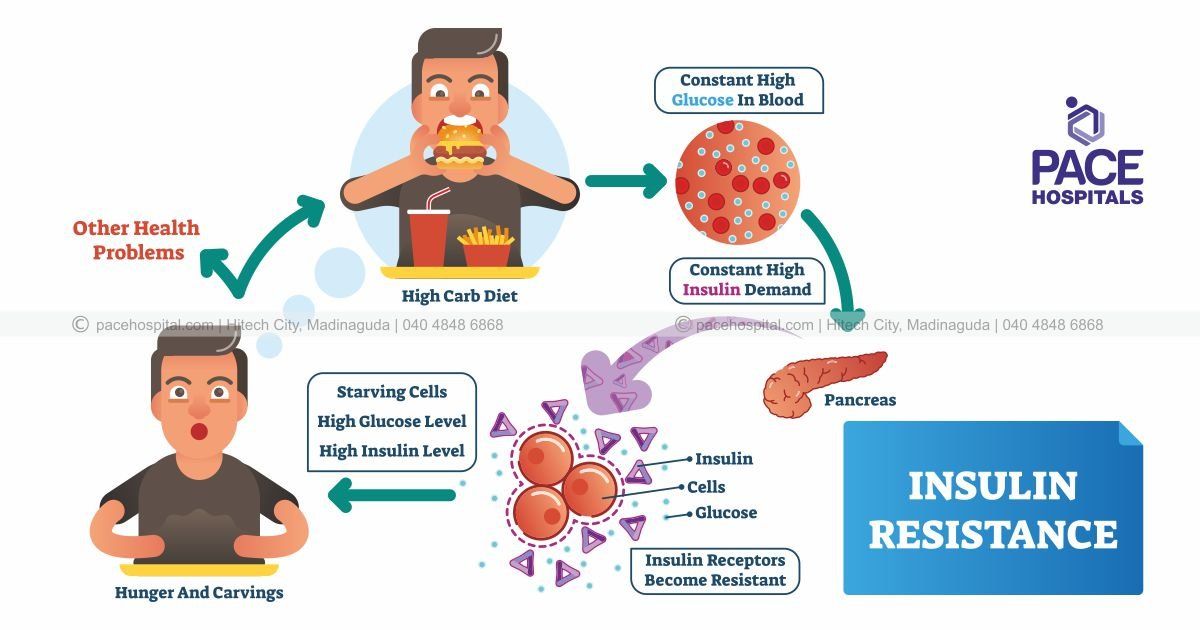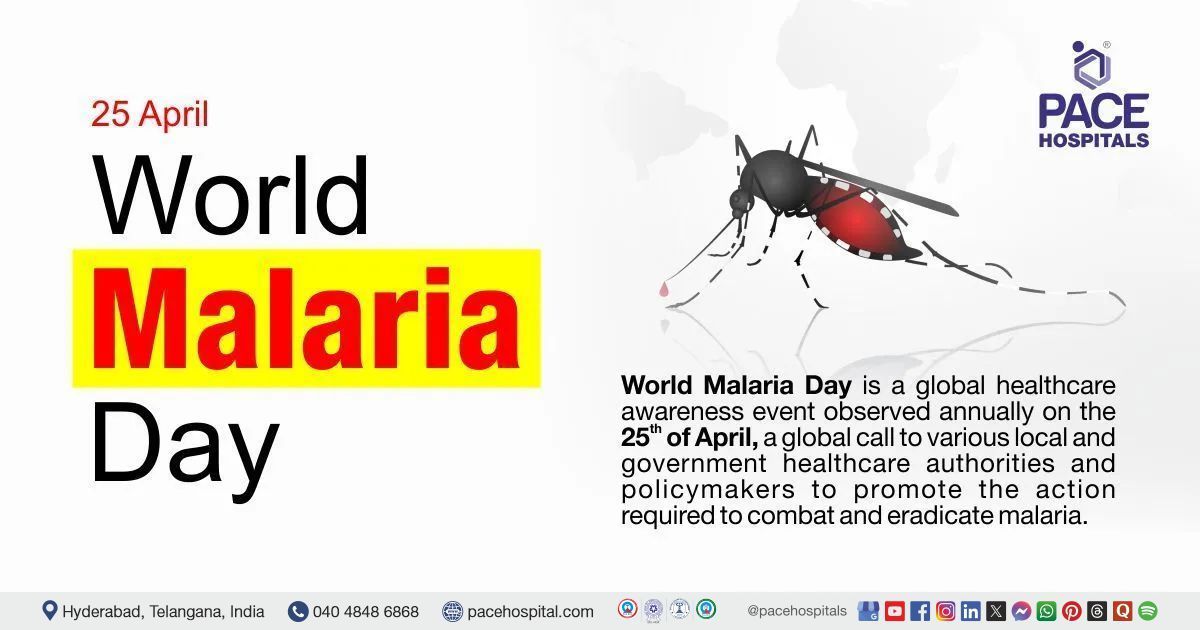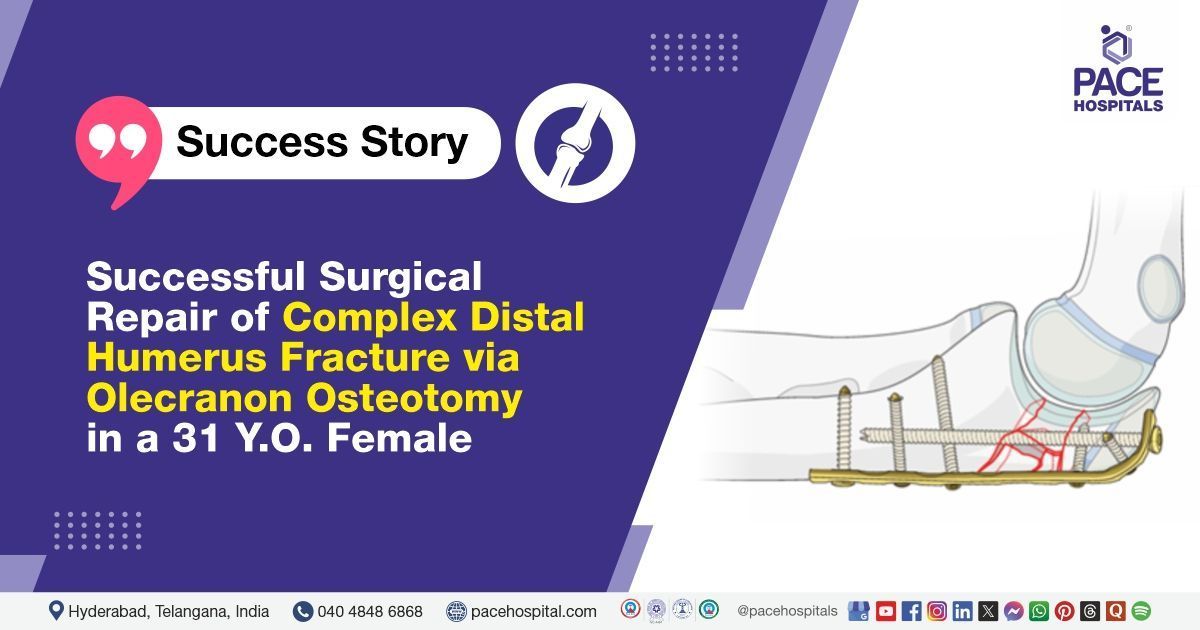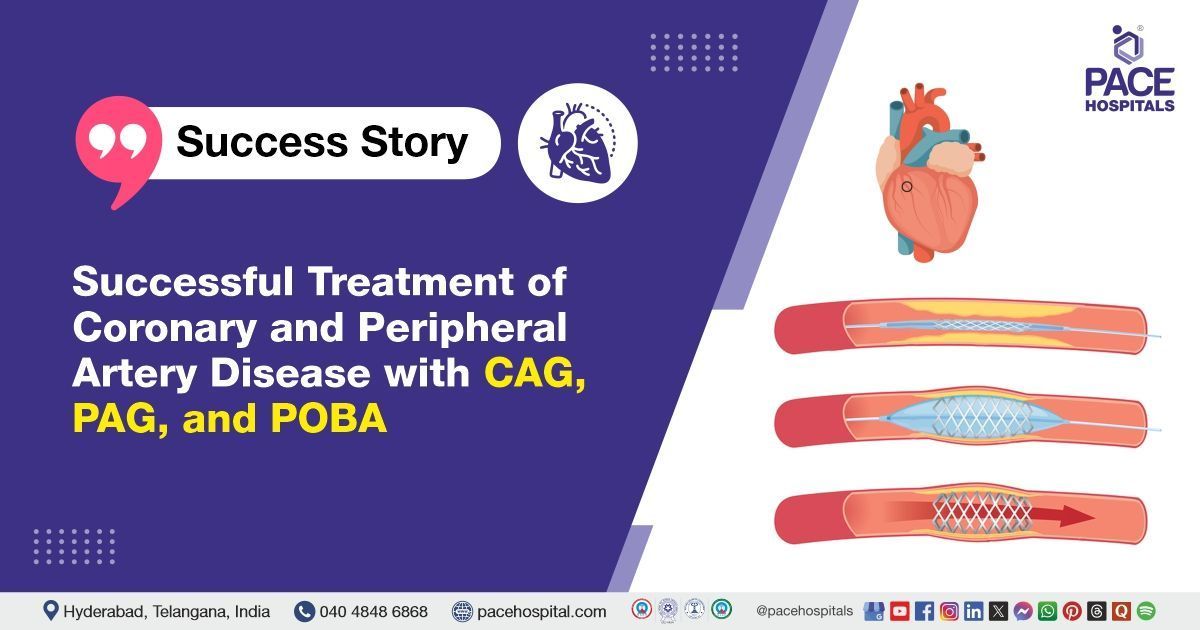In the present era of having diet fads and eating excessive junk foods, lack of physical activity, stressful life, we have been observing an increased incidence of various lifestyle disorders like obesity , metabolic syndrome, PCOS in all age groups. One such condition of major concern to not only physicians but dermatologists as well is insulin resistance which is a predictor for pre-diabetic / diabetic state.
Now let's talk about why insulin resistance is a cause of worry to a dermatologist!
When a patient walks in for a consultation with signs such as dark coarse thick skin usually seen on face especially on cheek and forehead, neck, or on examination similar signs on axillae, groin(all body creases) we clinically think in terms of 'Acanthosis nigricans' due to insulin resistance.
Patients, understandably appear confused when asked to undergo investigations for blood sugar levels and ' I don't have diabetes' is a common response we come across; with a request (demand) for a cream or a procedure to deal with their skin changes. They are not convinced either with the diagnosis or the doctor.
Now when the test results are in, they panic saying they are not diabetic or they do not want medication for diabetes or even not ready to accept that they are in a pre-diabetic state. Counselling the patients regarding insulin resistance is of utmost importance. The task gets tougher in the pediatric and younger age group.
Yes, its common in paediatric and younger age group. Thanks to all the excessive sugars and adulterated dairy products, limitless junk consumption on a daily basis without even realising the harm it's causing to us.
So how do we deal with this condition?
Management we offer to these patients focuses on treating insulin resistance as a systemic condition, rather than a localised approach to acanthosis nigricans in isolation.
First step towards treatment is the healthier life: diet modification and regular exercise; 45min daily for at least five times a week. Weight reduction in patients with associated obesity should be achieved by 2-3 kg per month.
Yes, all Doctors say this; inspite of having acanthosis nigricans and insulin resistance how many take it seriously?
Do not assume that the dark thick skin is dirt and try to scrub or rub or go for parlour activities which will only worsen the pigmentation.
Your dermatologist will guide you about application of creams and medication to be taken and counsel you about the wide range of chemical peels available.
Chemical peels being safe, painless and effective usually done once in 6-8 weeks and takes a minimum of 4-6 sessions to appreciate. Total treatment duration varies from 6-8 months
To summarise, insulin resistance is a lifestyle condition with an increasing incidence with acanthosis nigricans being one of its preliminary markers which should be approached as a systemic condition and not just for its cosmetic disfigurement. Treatment options differ from person to person depending on coexisting conditions; however the above options hold good in most of the situations. Results not only depend on the treatment we offer but also on the level of motivation and patient effort.
Dr. Deepthi Atmakuri
MBBS, DDVL
Consultant Dermatologist













